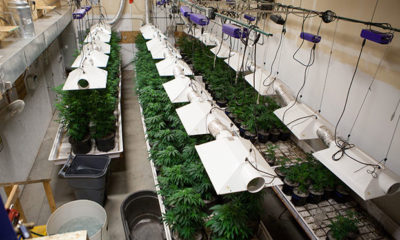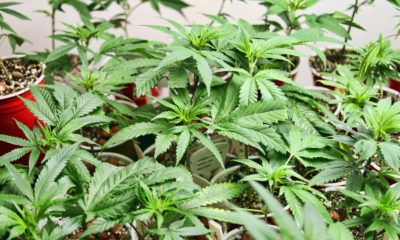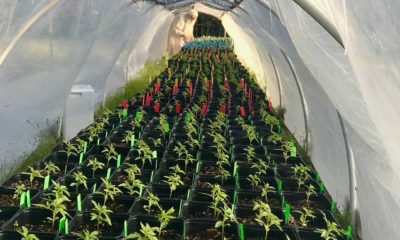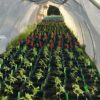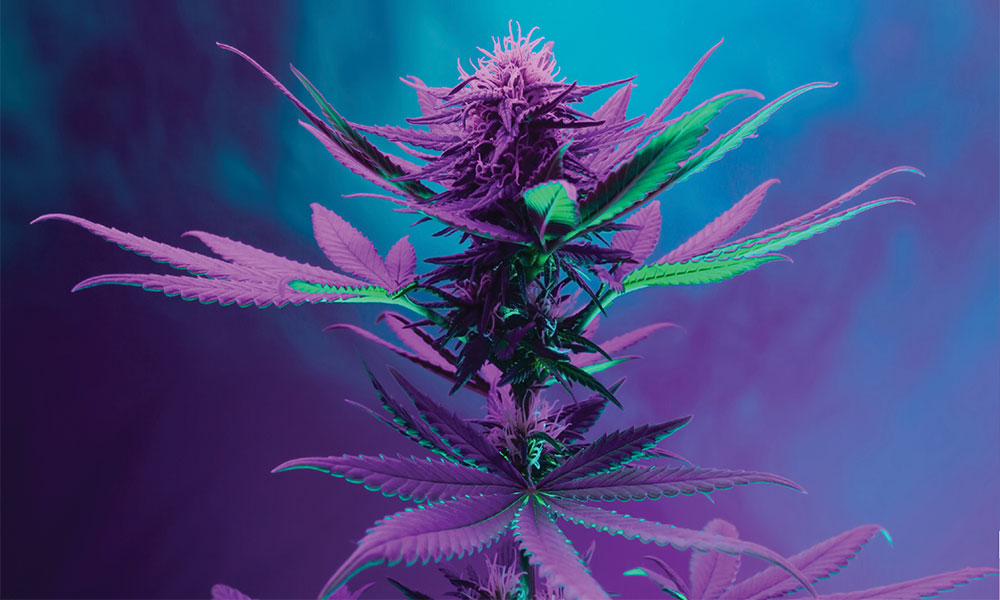
Sponsored
Six Ways a Programmable Spectrum Revolutionizes Growing
Why programmable spectrum LEDs are the next big thing in cannabis cultivation.
As the debate over spectrum continues, experts are turning to the latest advancement in crop steering: programmable spectrum LEDs. With the power to target development, control plant structure, influence cannabinoid and terpene content, and stay up to date with all the latest research, a programmable spectrum is the ultimate tool for expert cannabis cultivation. Revolution Microelectronics, the creators of the first programmable spectrum LEDs designed for cannabis cultivation, have compiled six reasons why they believe programmable spectrum is the way of the future.
1) Influencing Plant Architecture
Photosynthesis is the process by which plants use sunlight and CO2 to grow. Just as crucial is photomorphogenesis; how plants use different wavelengths of light to understand and respond to their environment. Some common examples of photomorphogenesis are seen when plants lean toward light sources, change color or shape with the seasons, and know just when to flower so their seeds will germinate in the spring.
Plants gather information about their environment based on the spectrum of light around them, and cultivators can manipulate spectrum to inform the plant how to grow. For example, The Shade Avoidance response occurs when plants use the ratio of red to far red light they receive to tell they are in the shade, and stretch out as a result. This response is already being used by horticulturalists growing greens such as lettuce, where long leaves are the goal. For some plants, such as cannabis, a shorter, denser plant is more desirable. In this case, a spectrum heavier in blue should be used to inhibit elongation, shorten internal spacing and encourage branching. This is ideal for racking applications or rooms with limited height.
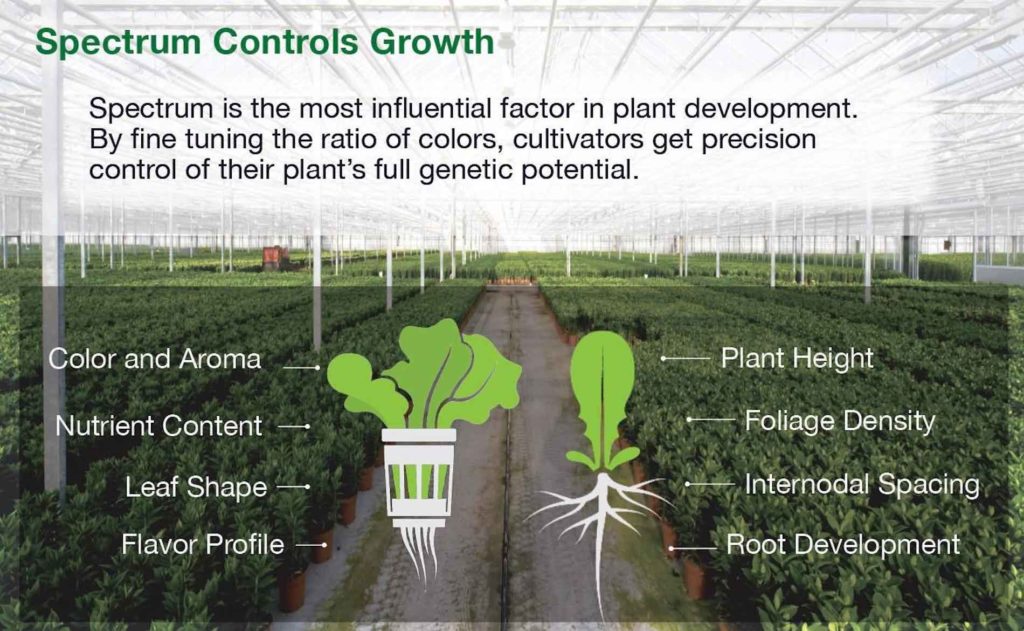
2) Cultivating Color
The in-demand color of cannabis is always changing, and a programmable spectrum LED allows cultivators to adjust by influencing their crop with targeted spectrum. In most plants, a robust color indicates higher nutritional and flavor content and can increase bag appeal. As the market cycles through color preferences, a programmable spectrum keeps cultivators on top. It’s a simple process too—anthocyanin pigments are responsible for the red, purple and blue colors in plants and are responsive to shorter wavelengths of light, like blue and UV. Combined with temperature and the right genetics, adding blue toward the end of a plant’s cycle results in a more colorful bud.
Researchers found that blue light produced richer color leaves in lettuce.
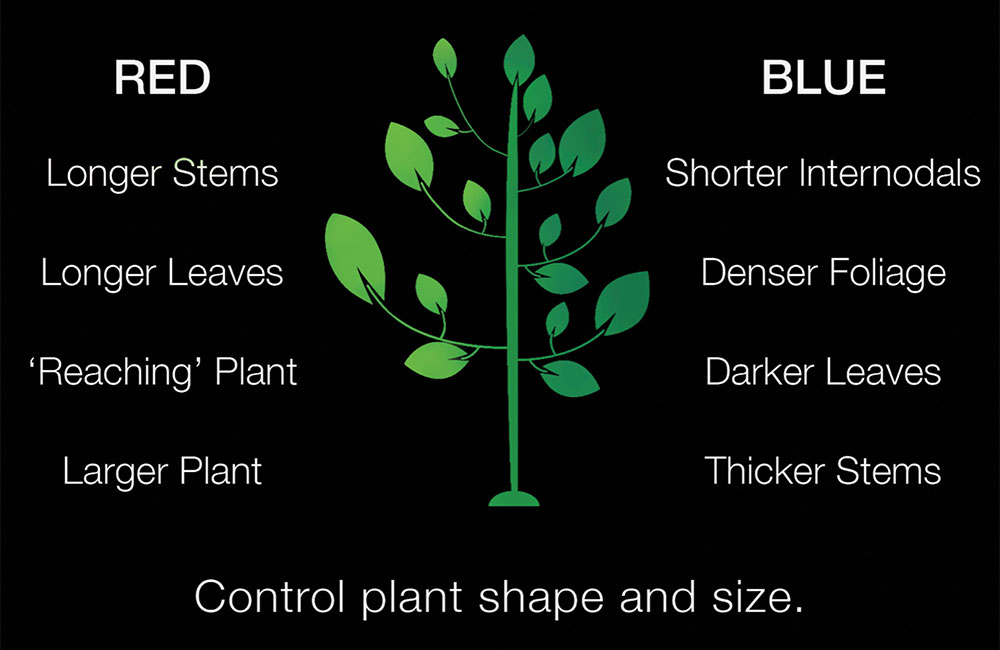
3) Targeted Terpene Production
Some growers spend their entire lives dedicated to phoneme hunting, but genetic potential is just one part of the equation. The same clone raised by different cultivators can turn out vastly different depending on the grower’s skill and style. A plant’s chemical expression is determined by an interaction between its genetics and its environment. University studies have shown that both terpene and cannabinoid production respond to spectrum. One way to differentiate your cannabis is to produce unique flavors, aromas and effects by influencing the crop with changes in spectrum.
While studying sub-canopy lighting, researchers found that the spectrum of light influenced cannabinoid content.
4) Staying Up to Date
Research on the effect of spectrum on cannabis is constantly updating and evolving, which can make it difficult to stay competitive. A programmable spectrum LED adjusts to the latest trends and advancements in cannabis cultivation to keep a cultivation facility competitive without having to upgrade the lights. This makes them a better long-term investment than fixed spectrum lights, and more capable of keeping the competitive edge.
5) Optimizing Workflow
A programmable spectrum grows seed to sale under one light. Even with small grows, changing what light a plant is grown under to get the optimal spectrum is a chore. Flipping rooms is a time-consuming process that can require a lot of hands, especially in large facilities. Programmable spectrum LEDs allow you to change seasons at the touch of a button, optimizing workflow and keeping labor costs down.
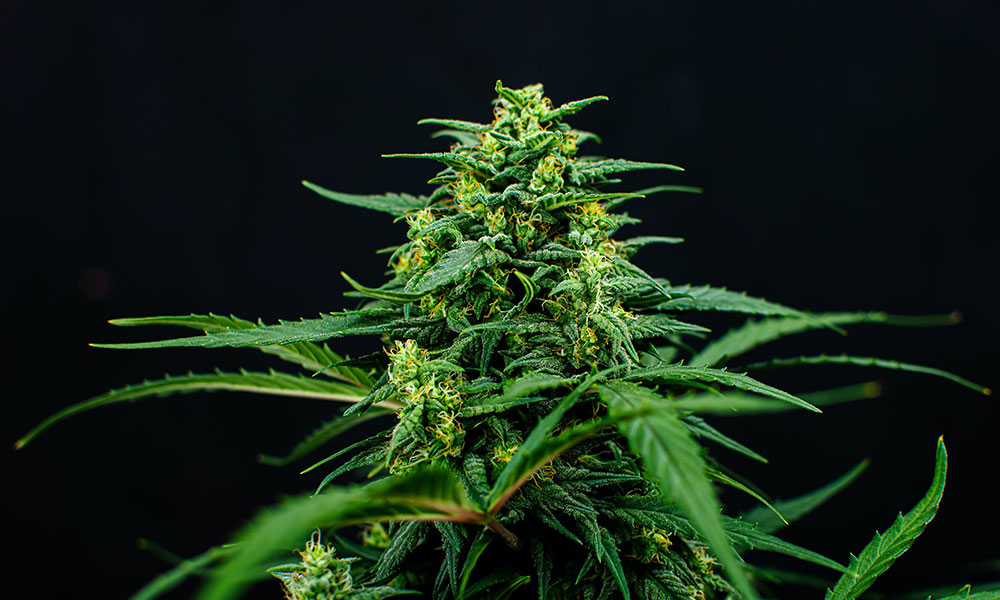
6) Differentiate Your Product
As we said before, two clones of the same plant grown by different cultivators can turn out wildly different in size, cannabinoid content and flavor profile. A programmable spectrum will unlock a plant’s genetic potential and bring forward unique flavor profiles to deliver a customized experience to the end users. Establish a brand and stand out with more customized product.
Revolution Micro freely offers more information on using a programmable spectrum. There’s a reason top cultivators, produce farmers and space programs are turning to programmable spectrum LEDs for the future of farming. Stay up to date on the latest best practices with programmable spectrum and revolutionize your grow with the help of Revolution Microelectronics.





